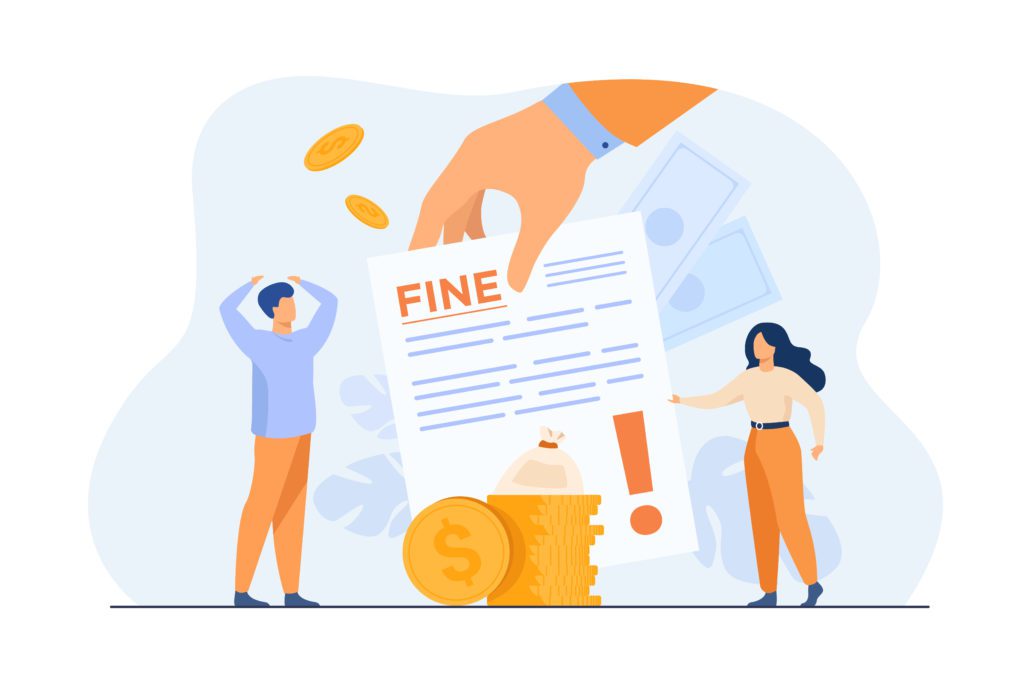There has never been a time where energy market prices are so inflated with such a high expectation of Supplier of Last Resort (SoLR) events.
Surging wholesale gas prices have reached a 15-year high, increasing more than tenfold from record-lows in June 2020. Current gas prices are reflecting what would be expected for winter and are in turn driving up electricity prices. Many suppliers have already raised the cost of their energy tariffs and, notably, Ofgem will be raising the default price cap in October, adding £139 to the bills of 15 million households and potentially triggering an estimated 500,000 more people to be pushed into fuel poverty.
Due to low gas stocks and poor wind output, gas prices are expected to remain volatile over winter and continue to put pressure on household energy bills and energy suppliers, particularly smaller ones.
Smaller vs. larger suppliers
Ofgem confirmed two more energy suppliers have ceased trading this week, adding to the c.20 supplier failures, mergers, and acquisitions of the past year (including white labels). Market insight also suggests that there could be over a dozen more SoLR processes before the end of this year.
Despite the dominating incumbent energy companies still supplying seven out of 10 British households with gas and electricity, there has been a consistent trend in the gradual shift towards smaller or independent energy suppliers.
The rise in smaller suppliers over the past decade has created more competition in the market, forcing firms to offer customers more attractive propositions. Yet stimulating switching amongst customers is still the surest way to guarantee a competitive energy market.
For years, the industry has been encouraging consumers to find the best deal on their gas and electricity tariffs, which could often be found by switching away from a standard variable tariff with a Big Six supplier to a nimbler smaller supplier. Even with the introduction of the default price cap, switching figures continue to rise with the second-highest number of switches ever in April 2021 and a 34% increase in the number of consumers switching to smaller suppliers.
Spike in insolvencies
Customer satisfaction remains at an all-time low with smaller suppliers only one percentage point (70%) higher than larger suppliers. However, evidence also shows that smaller suppliers are more likely to cease trading due to instability, with customers often being moved back to a larger supplier.
Many of the suppliers that collapsed in 2020 failed to meet their Renewables Obligation (RO) payments, with 10 missing the late payment deadline that year. The deadline for the RO buy-out option has now passed for 2021 and subject to daily interest until the late payment deadline in October. Suppliers defaulting on their obligation under the RO has been recognised by Ofgem and BEIS as an issue that needs addressing but is unlikely to be resolved for the current period.
Suppliers who have secured customers on fixed-priced contracts but not hedged against rising costs will be exposed to the increasing wholesale market prices, compounding their risk of facing liquidity and solvency issues. This is also being translated to the SoLR process, where customers are seen as a costly and risky investment at this current time.
There has undoubtedly been an over-abundance of unsustainable business models in the energy market over the past few years and volatile wholesale energy prices are causing a continued strain on retail margins. However, if we continue to slip towards fewer numbers of trading energy suppliers, the risk of uncompetitive tariffs and high energy bills is likely to prevail.
There is no doubt Ofgem has succeeded in changing the shape of the Big Six dominant energy suppliers, but the question is at what cost?

